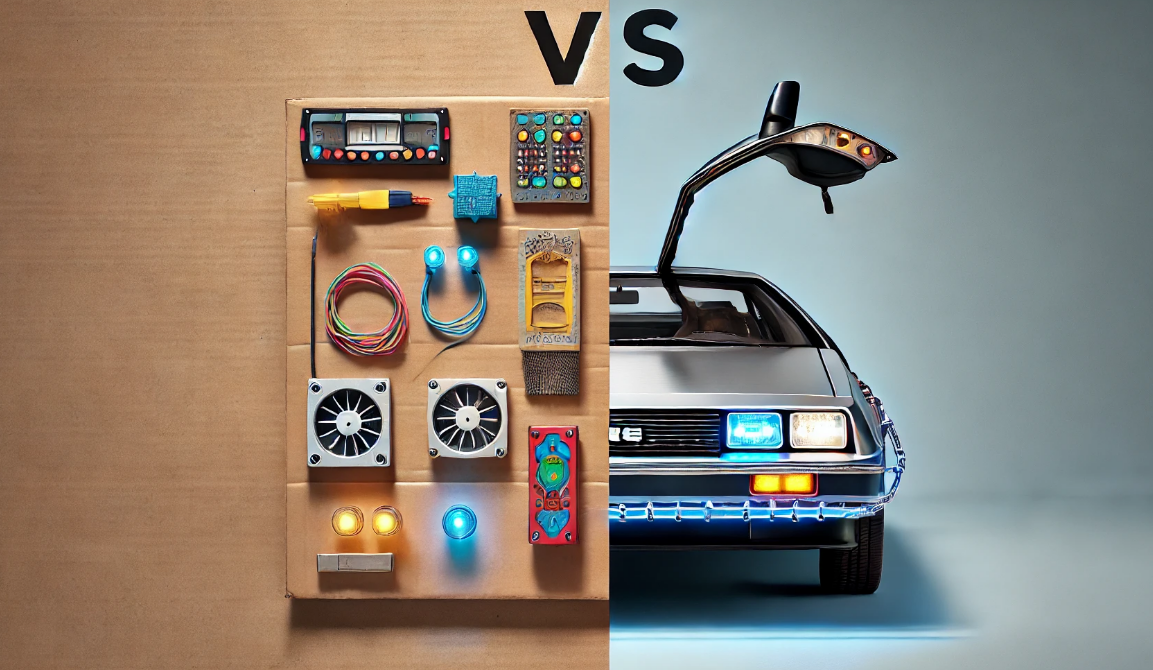Demand Manager - Who Needs One
-
Simone Rossi
- 03 Jun, 2024
- 03 Mins read

Once upon a time...
Surrounded by the rhythmic clack of keyboards and the low murmur of conversation, Sarah felt unease. The Sales department wanted a customer portal with all the bells and whistles yesterday, while Marketing argued for seamless integration with their CRM system. Sarah slammed her laptop shut: this wasn't how it was supposed to be. She joined IT years ago, drawn to the Agile collaborative spirit, the shared desire to build something amazing. Now, it felt like every department was a silo, each playing their own instrument without a conductor to create a symphony.
Suddenly, a new role appeared on the company intranet: Demand Manager. It wasn't just another cog in the machine; it was the conductor that her IT department desperately needed to bridge the gap between business needs and technical tasks. A spark of hope ignited within her. The requirements were not trivial: ability to analyze data, translate business jargon into developer-speak, and most importantly, leadership.
She applied to that role, and her first days were chaotic. Sarah spent her time flitting between departments, playing mediator and translator. Sales raved about a "game-changing" feature, while developers scoffed at its feasibility. Sarah delved into data, market trends, and customer feedback. Slowly, a melody began to take shape. She presented her plan - a customer portal that balanced Sales' flashy demands with a user-friendly design that integrated seamlessly with Marketing's CRM. It wasn't perfect, but it was a harmony,. The initial pushback was strong, but Sarah, armed with data and a clear vision, patiently explained the value it brought to each department.
The days that followed were more engaging. Sales and Marketing started collaborating, developers began proposing innovative solutions that fit within the overall plan. Sarah felt satisfied.
The launch of the customer portal wasn't flawless, but it was a success. Customers loved the ease of use, and Sales & Marketing saw a significant increase in leads. More importantly, the IT department had rediscovered its collaborative spirit. Sarah watched her team work together, a quiet smile on her lips. The IT orchestra had found its rhythm, and she, the Demand Manager, was determined to keep the music playing.

But how does (s)he work?
Demand Managers gather information from every corner: customer surveys, market trends and competitor analysis to understand what makes the demand gremlins tick. They don't just hear what customers say, they listen to what they don't say. By analyzing buying patterns and usage data, they unearth hidden desires and translate them into actionable user stories. The Demand Manager steps in the Product Backlog, wielding the power of prioritization. They work closely with Product Owners to ensure the backlog reflects the most critical needs, keeping the developers focused.
The Demand Manager is part of a dynamic Agile team: they become the Product Owner's right-hand person, feeding them a steady stream of prioritized features and market insights. Together, they become an unstoppable duo, shaping the product vision. The Demand Manager may help the Business Analyst as well: the BA translates business needs into product requirements, while the Demand Manager ensures those requirements align with the bigger market picture.
Demand Manager vs Product Owner
The Demand Manager analyzes the overall market trends and customer needs, while the Product Owner ensures the product backlog reflects those needs with prioritized features. In relation to this, the Demand Manager prioritizes demand across different products, not just one, while the Product Owner owns the product backlog for just a specific product and works closely with the development team.
The Demand Manager feeds insights and prioritized features to the Product Owner, who then builds the product roadmap.
Demand Manager vs Business Analyst
The Demand Manager gathers insights from external sources like market research and customer data and translates customer needs into actionable user stories, while the Business Analyst focuses on internal processes and needs, analyzing current systems and workflows, and documents those stories in detail, outlining specific functionalities
The Demand Manager works with the Business Analyst to ensure user stories align with both customer needs and business goals.
Demand Manager vs Product Manager
The Demand Manager has a broader view, managing demand across various products and initiatives, and prioritizes features based on market fit. The Product Manager is more product-specific, overseeing the entire product lifecycle from strategy to launch. . The Product Manager goes a step further, defining the product vision, roadmap, and ensuring it aligns with business objectives. Collaboration: The Demand Manager provides insights to the Product Manager, who uses them to shape the product strategy and roadmap.
Do I need a Demand Manager in my team?
If you crave clear direction, a focused backlog, and a teammate who champions the voice of the customer, then the answer is a resounding "yes!"
.







